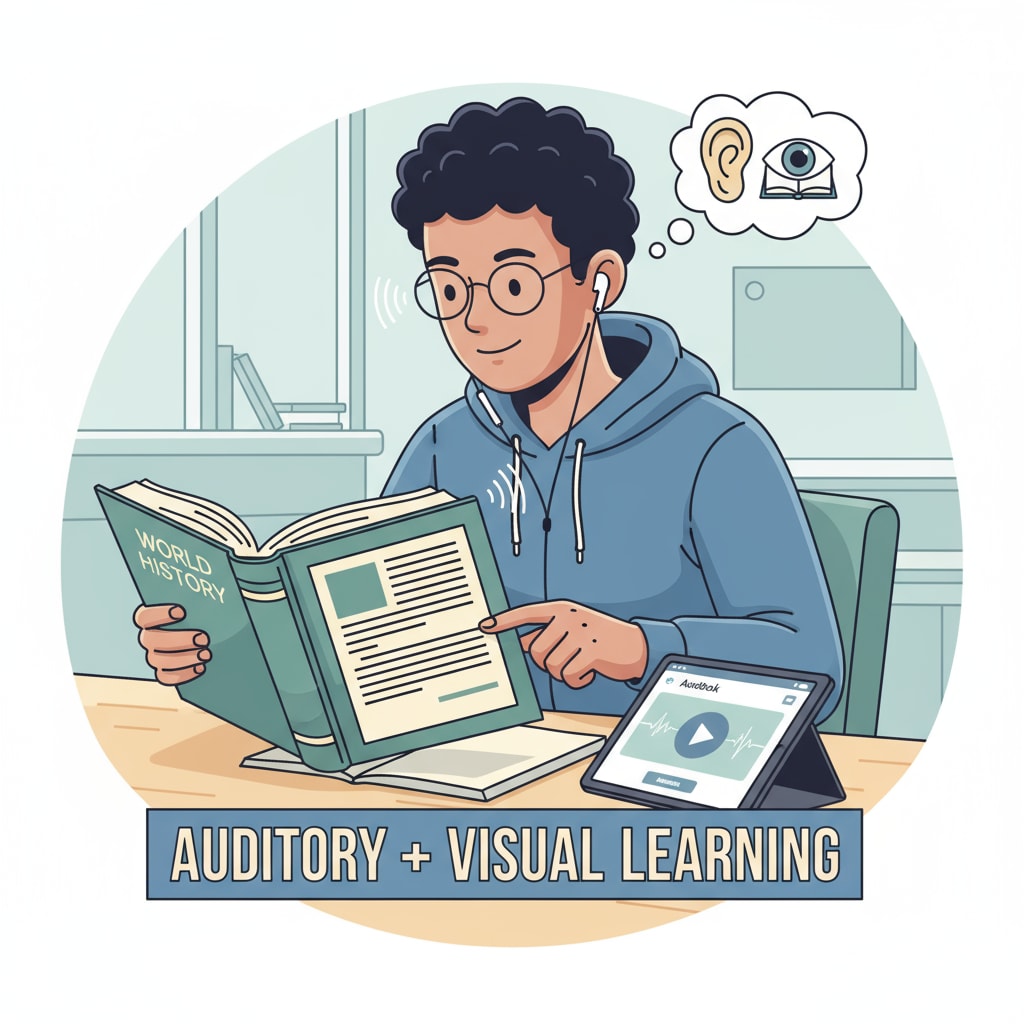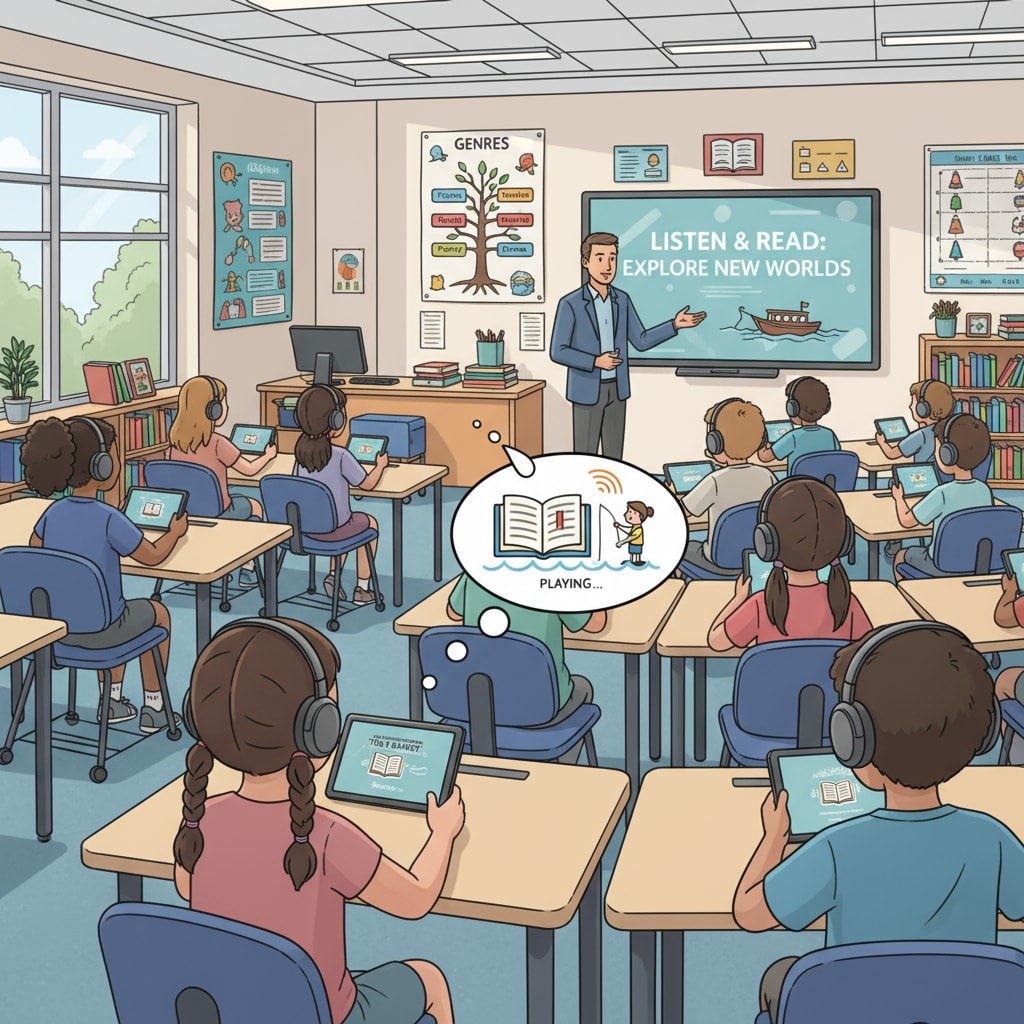In the realm of middle school language arts education, the use of audiobooks as a substitute for traditional reading has sparked a lively debate. This trend involves the concepts of audiobooks, reading fluency, and language arts education. As technology continues to evolve, audiobooks have become increasingly popular, leading to questions about their impact on students’ reading abilities.

The Rise of Audiobooks in Education
Audiobooks have seen a significant surge in popularity within the educational landscape. With the convenience of digital devices, students can now access a vast library of audiobooks at any time. This accessibility has made them an attractive option for educators looking to diversify their teaching methods. For example, in language arts classes, audiobooks can be used to introduce students to different genres and authors. However, this rise also brings concerns about the potential drawbacks.

The Impact on Reading Fluency
One of the main areas of concern is the effect of audiobooks on students’ reading fluency. Reading fluency encompasses the ability to read text accurately, smoothly, and with expression. While audiobooks can expose students to well-read examples of language, some argue that they may not provide the same level of engagement as traditional reading. When students listen to an audiobook, they may not be actively practicing the physical act of reading, such as decoding words and recognizing sentence structures. As a result, this could potentially hinder their development of reading fluency skills.
On the other hand, audiobooks can also have positive aspects. They can help struggling readers improve their listening comprehension and vocabulary. For instance, a student who has difficulty reading a complex text may be able to understand it better when listening to an audiobook. This can boost their confidence and motivation to engage with the material. The Importance of Reading Fluency on Reading Rockets
Educators need to carefully consider these factors when deciding whether to incorporate audiobooks into their language arts curriculum. They must weigh the benefits of convenience and enhanced listening skills against the potential negative impacts on reading fluency. Audiobooks in the Classroom on NEA
Readability guidance: The rise of audiobooks in education has both pros and cons. Educators should be aware of the potential impact on reading fluency and make informed decisions. By using a balanced approach, they can ensure that students receive the best possible language arts education.


